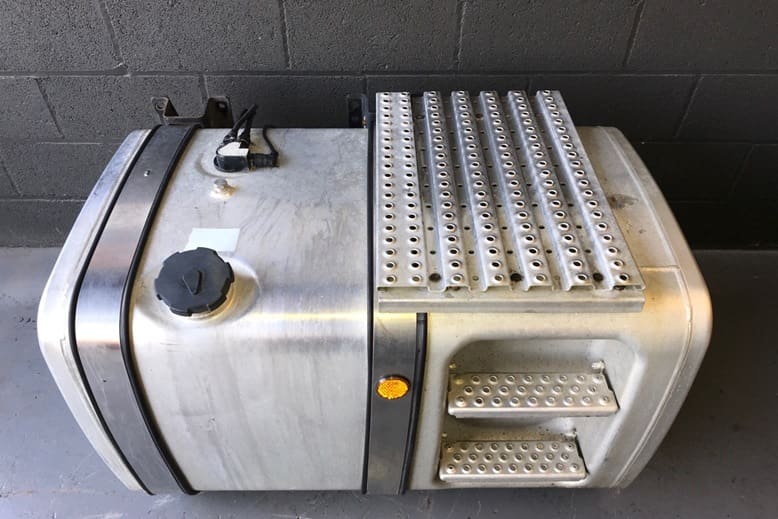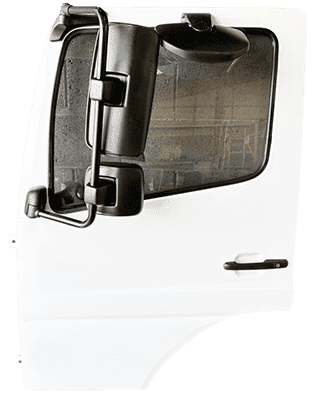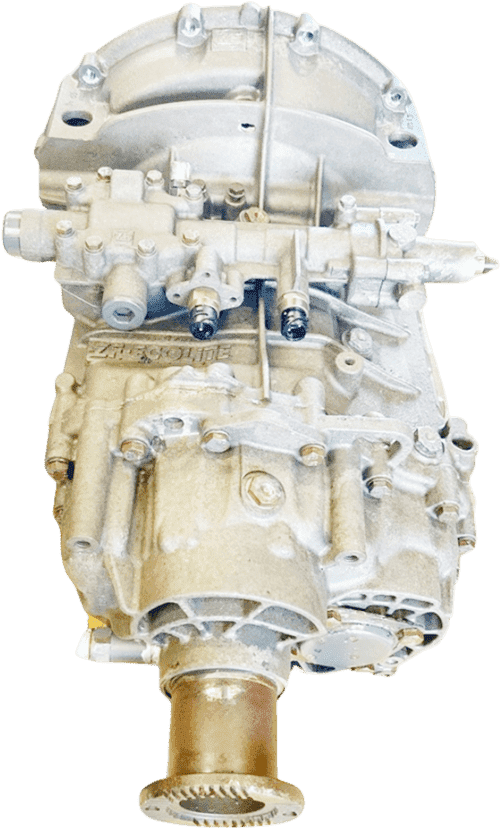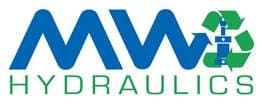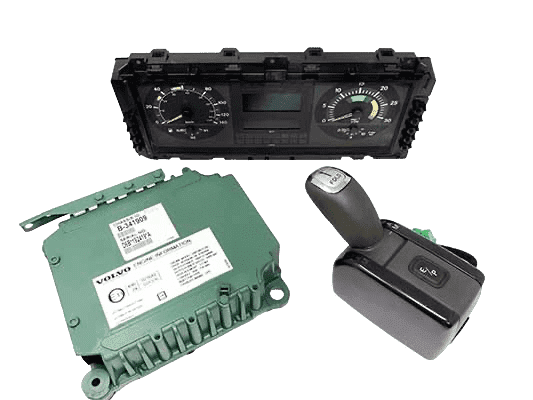When outfitting a truck or semi-truck with hydraulically powered accessories like booms, cranes, and dump beds, hydraulic wet kits provide the hydraulic power needed to operate them. They come in single-line and twin-line configurations, with a few critical differences in how they function and their suitability for equipment.
Single-line wet kit
A single-line wet kit utilises one hydraulic line, providing pressure and return flow for the accessories. A gear pump mounted to the truck’s transmission is driven by the power take-off (PTO), which activates the hydraulics.
The pump pressurises the single hydraulic line, sending fluid out to the accessories. As the fluid flows back from the accessories, it returns to the wet kit’s reservoir through the same line with minimal fluid expense.
Outlets along the hydraulic line allow hoses to connect the various accessories to the system. Control valves mounted near the accessories regulate fluid flow. The accessories only utilise the portions of the total pump flow needed at a given moment.
Single-line kits are simple and economical. However, pressure and return flow in a shared line can interfere with each other, mainly when operating multiple accessories at once, resulting in pulsations or erratic accessory operation.
Twin-line wet kit
Twin-line wet kits have two separate hydraulic lines – pressure and return lines. Like single-line kits, a PTO-driven gear pump generates hydraulic pressure and flow. But rather than routing everything through a single line, the pressure flow goes out through one hose, while the return flow comes back on a separate hose.
This divided system keeps pressure delivery isolated from return flow. It allows accessories to operate smoothly and consistently even when multiple accessories run simultaneously, eliminating interference between pressure and return.
Twin-line kits require running an extra hydraulic hose to all accessories, and the kits themselves contain more components like separate valves for pressure and return, making them more complex and costly than single-line wet kits.
Choosing between single and twin-line wet kits
With a single-line kit, one hose handles both the outgoing and return hydraulic fluid flow. It’s okay to operate a single, low-demand accessory. But when you start running multiple power-hungry tools, it can get overloaded.
That’s where twin-line kits come in. Separate hoses for pressure and return allow for way higher flow rates. The two flows don’t interfere with each other. It’s a significant performance boost that is perfect for demanding industrial use.
Three-line wet kits – another step up in performance
In a three-line kit, one hose sucks hydraulic fluid from the reservoir tank, a second hose delivers a high-pressure flow to power all your accessories, and the third hose returns the fluid to the tank when it is done.
This triple configuration gives you maximum hydraulic performance for heavy-duty trucks and equipment like cranes and industrial tippers.
The bottom line is that more lines mean more potential – single-line works for light jobs, and twin-line delivers for most needs. Three-line is the ultimate for heavy industry rigs.
For help choosing a wet kit, feel free to contact us anytime.








